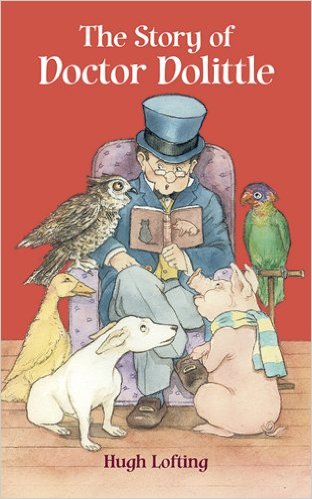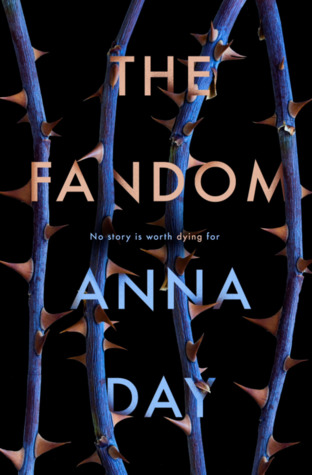[button color=”black” size=”big” link=”http://affiliates.abebooks.com/c/99844/77798/2029?u=http%3A%2F%2Fwww.abebooks.com%2Fservlet%2FSearchResults%3Fisbn%3D9780486293509″ target=”blank” ]Purchase here[/button]
In 1923 the sequel to this book, titled The Voyages of Doctor Dolittle, became only the second book to win a Newbery Medal. Several more books about the amazing doctor from Puddleby-on-the-Marsh followed, some even being published after their author’s death in 1947. But it is this book, published in 1920, that I remember reading when I was ten or eleven years old. Its wry humor, its theme of respect for all living things, and its Oz-like fantasy of an absent-minded country doctor who learns to talk with the animals, were a delight to me then and, perhaps, a major influence in my life since then.
Lofting was a British native who married an American woman and settled down in the U.S. to start a family. During World War I, he conceived the Doctor Dolittle stories while writing to his children from the trenches. Later he revisited those letter-stories and published them, beginning with this book.
This is the one where Doctor Dolittle learns to understand the language of the animals. Befriended by a dog, a duck, an owl, a parrot, a crocodile, and a baby pig, he struggles to make a living as a regular country doctor, then as an animal doctor. His fortune is finally made when the monkeys of Africa send word, begging him to come and help them through a great sickness. From then on his life is one adventure after another, from a shipwreck to encounters with a silly king and an even sillier prince, from the discovery of the only two-headed animal in the world (the unforgettable pushmi-pullyu) to a chase with pirates and a rescue on the high seas.
The current HarperCollins/Books of Wonder edition of this book includes an informative foreword and afterword, and has been gently edited by Patricia and Frederick McKissack. Their aim was to remove racially offensive expressions, and to alter one incident that wouldn’t play well in today’s world, with as little change to Lofting’s words and style as possible. I’m not altogether convinced that their changes were effective. The incident of the black prince who wanted to be white doesn’t quite work when it’s changed to a prince wanting to be a lion. Logically, psychologically, something is missing. But this is a small trade-off for making a classic of children’s literature acceptable for another generation.


